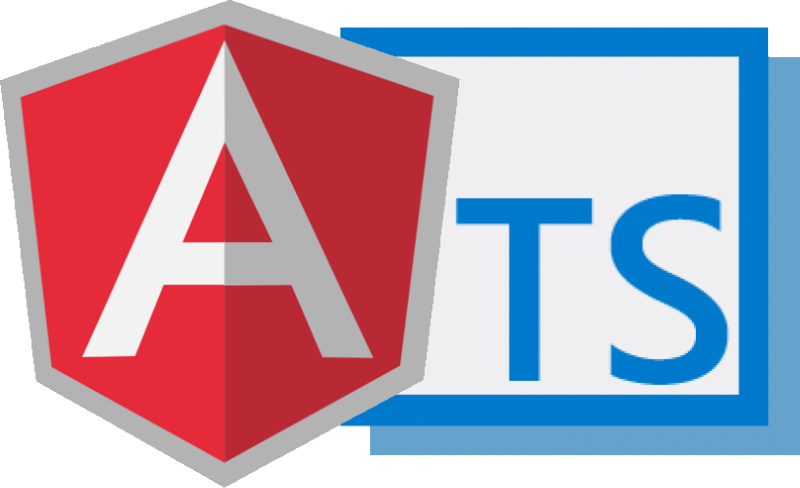TypeScript supports type checking for all primitive types and object types. TypeScript also supports generics, decorators, and ES6 module types as well.
It is important to learn that the type system in typescript is designed to be optional. So all programs written in JavaScript are TypeScript programs as well.
Table of Contents 1. Static types 1.1. Primitive Types 1.2. Object Types 2. Generics 3. Decorators
1. TypeScript Static Types
In the context of language semantics and type systems:
- Static types usually mean “at compile time” or “without running a program”
- Dynamic types mean “at runtime”
In a statically typed language (e.g. TypeScript), variables, parameters, and members of objects have types that the compiler knows at compile time. The compiler can use that information to perform type checks and to optimize the compiled code.
Static types in TypeScript can be divided into two sub-categories:
1.1. Primitive Types
TypeScript has 5 primary primitive types –
numberstringbooleanvoidany
| Primitive Type | Description |
|---|---|
number |
Use to define variable of type number.
let num: number = 123; num = 123.456; num = '123'; // Error |
string |
Use to define variable of type string.
let str: string = 'hello'; str = 'world'; str = 123; // Error |
boolean |
Use to define variable of type boolean.
let bool: boolean = false; bool = true; bool = 123; // Error |
void |
|
any |
Use any when you want to opt-out of type-checking and let the values pass through compile-time checks.
let val: any = 'hello'; val = 123; // OK val = true; // OK |
1.2. Object Types
TypeScript supports the following object types.
| Object Type | Description |
|---|---|
| Array |
An array is a collection of values of the same datatype.
var names:string[]; //declaration names = ["how","to","do","in","java"]; //initialization |
| Tuple |
Tuple is just like array; but store values of different data types. It is also the index-based data structure just like an array.
var items; //declaration items = ["how", 2, "do", 1 , true]; //initialization |
| Interface |
Interfaces define properties, methods, and events which deriving member classes must implement.
interface ICalc {
add (first: number, second: number): any;
}
let Calculator: ICalc = {
add(first: number, second: number) {
return first + second;
}
}
|
| Class |
A class is a template for creating objects. Typescript gets support for classes from ES6.
class Person {
//field
name:string;
//constructor
constructor(name:string) {
this.name = name;
}
//function
speakName():void {
console.log("Name is : "+this.name)
}
}
|
| Enum |
Like other programming languages, an Enum is a datatype consisting of a set of named values. The names are usually identifiers that behave like constants. Enums were introduced in ES6.
enum Direction {
Up,
Down,
Left,
Right
}
let go: Direction;
go = Direction.Up;
|
| Function |
In TypeScript, we can declare variables who will point to only functions in their lifetime.
let fun: Function = () => console.log("Hello");
fun = 123; //Error
|
2. Generic Types
Generics allows creating a component that can work over a variety of types rather than only a single type.
function throwBack<T>(arg: T): T { //Function return the parameter as it is
return arg;
}
let outputStr = identity<string>("myString"); //OK
let outputNum = identity<number>( 100 ); //OK
3. Decorators
In a general sense, decorators are annotations. They are used with '@' symbol. Decorators allows us to decorate classes and functions, similar to annotations in Java and decorators in Python.
Decorators are a new feature that will probably make it into the ES7 version of JavaScript. However the functionality is available in TypeScript (experimental), so we can already make use of it.
3.1. How to use a Decorator
It is important to learn that every decorator is javascript function. To create decorator, create function like this:
function printable ( target ) {
Object.defineProperty(target.prototype, 'print', {value: () => "Lokesh Gupta"});
}
@printable
class Person {
}
let admin = new Person();
console.log(admin.print()); // Lokesh Gupta
That’s all for type system in typescript.
Happy Learning !!


Comments